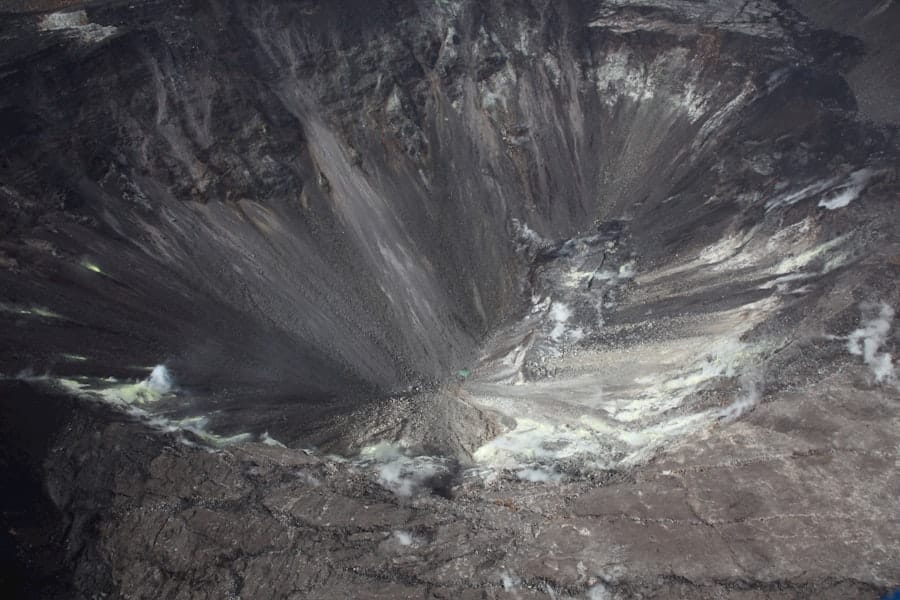The advent of artificial intelligence (AI) has revolutionized numerous sectors, and space technology is no exception. AI-powered satellites represent a significant leap forward in our ability to monitor and understand the Earth’s climate. These satellites are equipped with advanced algorithms that enable them to process vast amounts of data in real-time, making them invaluable tools for climate scientists and policymakers alike.
By integrating AI with satellite technology, we can enhance our observational capabilities, leading to more accurate predictions and better-informed decisions regarding climate change. The integration of AI into satellite systems allows for the automation of data analysis, which is crucial given the sheer volume of information collected from space. Traditional methods of data processing often fall short due to the complexity and scale of the datasets involved.
AI algorithms can identify patterns and anomalies that human analysts might overlook, providing deeper insights into climate dynamics. This synergy between AI and satellite technology not only improves our understanding of climate phenomena but also enhances our ability to respond to environmental challenges effectively.
Key Takeaways
- AI-powered satellites are revolutionizing climate monitoring by providing real-time data and analysis.
- AI plays a crucial role in processing and interpreting the massive amounts of data collected by satellites for climate monitoring.
- The advantages of AI-powered satellites in climate monitoring include improved accuracy, efficiency, and the ability to detect subtle changes in the environment.
- AI-powered satellites have diverse applications in climate monitoring, including weather forecasting, natural disaster prediction, and tracking environmental changes.
- Despite their potential, AI-powered satellites also face challenges and limitations, such as data privacy concerns and the need for continuous technological advancements.
The Role of AI in Climate Monitoring
AI plays a pivotal role in climate monitoring by enabling the analysis of complex datasets generated by satellites. These datasets include information on temperature, humidity, atmospheric pressure, and greenhouse gas concentrations, among others. Machine learning algorithms can sift through this data to identify trends and correlations that are critical for understanding climate change.
For instance, AI can analyze historical climate data alongside current observations to predict future climate scenarios, helping scientists anticipate changes in weather patterns and extreme events. Moreover, AI enhances the capability of satellites to monitor remote and inaccessible areas of the Earth. Traditional monitoring methods often rely on ground-based stations, which can be sparse in certain regions.
AI-powered satellites can fill these gaps by providing continuous and comprehensive coverage of the planet. This capability is particularly important for tracking phenomena such as deforestation, glacial melt, and ocean temperature changes, which are essential indicators of climate health. By leveraging AI, we can achieve a more holistic view of the Earth’s climate system.
Advantages of AI-Powered Satellites in Climate Monitoring
One of the primary advantages of AI-powered satellites is their ability to process and analyze data at unprecedented speeds. Traditional satellite data processing can be time-consuming, often taking days or weeks before results are available. In contrast, AI algorithms can analyze incoming data in real-time, allowing for immediate insights that can inform urgent decision-making.
This rapid processing capability is crucial during natural disasters or extreme weather events when timely information can save lives and mitigate damage. Additionally, AI-powered satellites can improve the accuracy of climate models. By incorporating machine learning techniques, these satellites can refine predictions based on new data inputs continuously.
For example, if a satellite detects an unusual spike in atmospheric carbon dioxide levels, AI algorithms can adjust existing climate models to account for this anomaly, leading to more reliable forecasts. This adaptability is essential in a rapidly changing climate landscape where traditional models may struggle to keep pace with new developments.
Applications of AI-Powered Satellites in Climate Monitoring
AI-powered satellites have a wide range of applications in climate monitoring that extend beyond mere observation. One significant application is in tracking deforestation and land-use changes. By analyzing satellite imagery over time, AI algorithms can detect changes in forest cover and land use patterns with remarkable precision.
This information is vital for conservation efforts and for understanding the impact of human activities on carbon emissions. Another critical application is monitoring ocean health. Satellites equipped with AI can analyze sea surface temperatures, chlorophyll concentrations, and other indicators of oceanic conditions.
This data is essential for understanding phenomena such as coral bleaching and shifts in marine biodiversity due to climate change. For instance, AI has been used to predict harmful algal blooms by analyzing satellite data on water temperature and nutrient levels, enabling timely interventions to protect marine ecosystems.
Challenges and Limitations of AI-Powered Satellites in Climate Monitoring
Despite their numerous advantages, AI-powered satellites face several challenges and limitations in climate monitoring.
Effective AI models require large datasets that are representative of the phenomena being studied.
In many cases, historical data may be incomplete or biased, leading to inaccuracies in predictions. Furthermore, the dynamic nature of climate systems means that models must be continually updated with new data to remain relevant. Another limitation is the potential for overfitting in machine learning models.
Overfitting occurs when a model becomes too complex and starts to capture noise rather than the underlying patterns in the data. This issue can lead to poor generalization when the model is applied to new datasets. Ensuring that AI algorithms maintain a balance between complexity and interpretability is crucial for their effectiveness in climate monitoring.
Future Developments and Innovations in AI-Powered Satellites for Climate Monitoring
The future of AI-powered satellites in climate monitoring holds immense promise as technology continues to advance. One area of innovation is the development of more sophisticated machine learning algorithms that can better handle the complexities of climate data. Techniques such as deep learning are being explored to improve pattern recognition capabilities further, allowing for more nuanced insights into climate dynamics.
By combining data from different sources—such as optical imagery, radar measurements, and thermal sensors—AI algorithms can create a more comprehensive picture of environmental changes. This multi-faceted approach could lead to breakthroughs in understanding interactions between different components of the Earth’s system, such as how changes in land use affect local weather patterns.
Global Impact of AI-Powered Satellites on Climate Monitoring
The global impact of AI-powered satellites on climate monitoring is profound, influencing not only scientific research but also policy-making and public awareness regarding climate change. By providing accurate and timely data on environmental changes, these satellites empower governments and organizations to make informed decisions about climate action. For instance, countries can use satellite-derived insights to develop targeted strategies for reducing greenhouse gas emissions or enhancing resilience against climate-related disasters.
Moreover, AI-powered satellites contribute to international collaboration on climate issues. Data sharing among nations fosters transparency and collective action in addressing global challenges such as deforestation or ocean pollution. Initiatives like the Global Climate Observing System (GCOS) leverage satellite technology to provide comprehensive climate data that informs global agreements like the Paris Accord.
The ability to monitor compliance with such agreements through satellite observations enhances accountability among nations.
The Potential of AI-Powered Satellites in Addressing Climate Change
The potential of AI-powered satellites in addressing climate change is vast and multifaceted. As we continue to refine these technologies and overcome existing challenges, their role in climate monitoring will only grow more critical. The ability to analyze vast amounts of data quickly and accurately positions AI-powered satellites as essential tools in our fight against climate change.
By harnessing the power of artificial intelligence alongside advanced satellite technology, we are better equipped to understand the complexities of our planet’s climate system. This understanding is crucial for developing effective strategies to mitigate the impacts of climate change and adapt to its inevitable consequences. As we look toward the future, the ongoing innovations in this field promise not only enhanced monitoring capabilities but also a greater capacity for global cooperation in tackling one of humanity’s most pressing challenges.
A related article discussing the top 5 smartwatches of 2023 can be found




